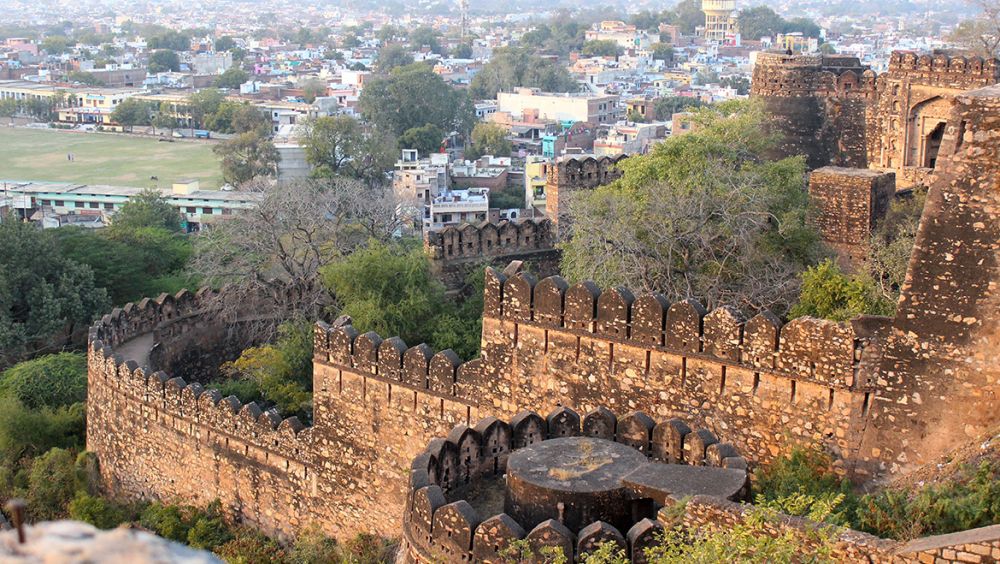

Steeped in the history of India's valiant struggle for independence, Jhansi Fort, also known as Jhansi ka Kila, is a beacon of bravery and resilience. Located in the historic city of Jhansi within the state of Uttar Pradesh, this grand fortress has stood the test of time and witnessed the tides of history shift around its mighty walls.
Constructed in the early 17th century by the king of Orchha, Bir Singh Deo, Jhansi Fort has been a prominent landmark throughout India’s tumultuous past. It gained national fame during the Indian Rebellion of 1857, under the courageous leadership of Rani Lakshmibai, the Queen of Jhansi. Her valiant fight against the British East India Company has been immortalized in Indian history and folklore, with the fort serving as a symbol of her indomitable spirit.
Jhansi Fort's prominence in India's freedom struggle has long attracted tourists and history enthusiasts from around the world. Its role in the rebellion of 1857 became a pivotal narrative that drew attention to this impressive structure. Following India's independence in 1947, the fort became an even more significant tourist destination, epitomizing the courage and sacrifice associated with India's fight for sovereignty.
Over the years, the conservation efforts have been undertaken to preserve the fort's integrity, allowing visitors to experience its grandeur and delve into its storied past. Jhansi Fort has been developed to include museums and interpretation centers that narrate its historical significance.
Today, Jhansi Fort stands not only as a historical monument but also as a proud representation of India’s cultural heritage. The latest trends in tourism at Jhansi Fort involve:
The fort has been equipped with tourist-friendly facilities that include guided tours, informative plaques, and improved accessibility. Efforts have been made to enhance the visitor experience while remaining respectful to the fort's historical essence and environmental context.
For those looking to explore India's rich history and cultural depth, a visit to Jhansi Fort is nothing short of essential. With the rise in domestic and international travel to culturally significant destinations in India, Jhansi continues to be a sought-after location for understanding the nation's rich tapestry of historical events and figures, particularly the legacy of Rani Lakshmibai.
Jhansi is well-connected by rail, road, and air, making a trip to the fort quite convenient for travelers. The nearest airport is Gwalior, from where Jhansi is a mere train ride or short drive away.
The best time to visit the Jhansi Fort is during the cooler months of October to March when the climate is pleasant and conducive to exploring the outdoor attractions.
We invite you to come and walk the ramparts where Rani Lakshmibai once stood, to admire the architectural marvels of the fort, and to experience firsthand the indomitable spirit of Jhansi that continues to inspire generations.